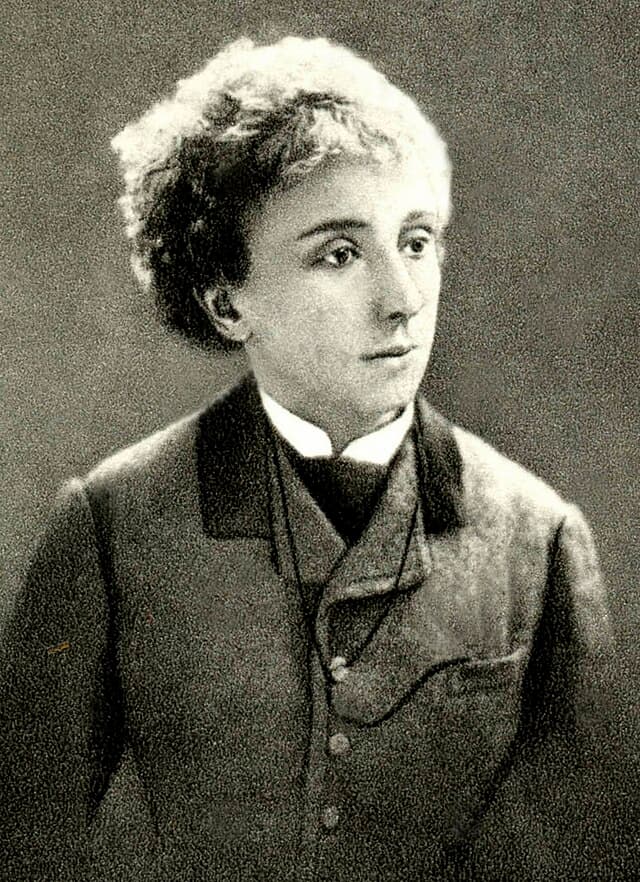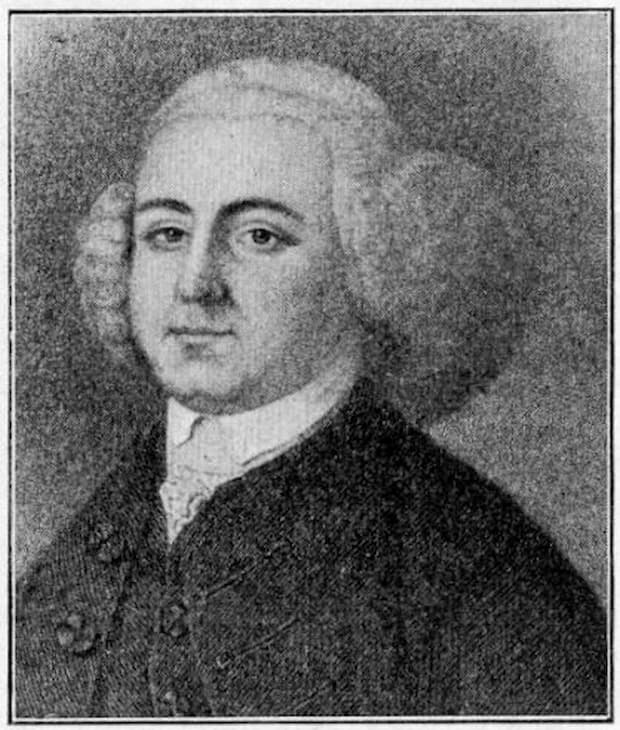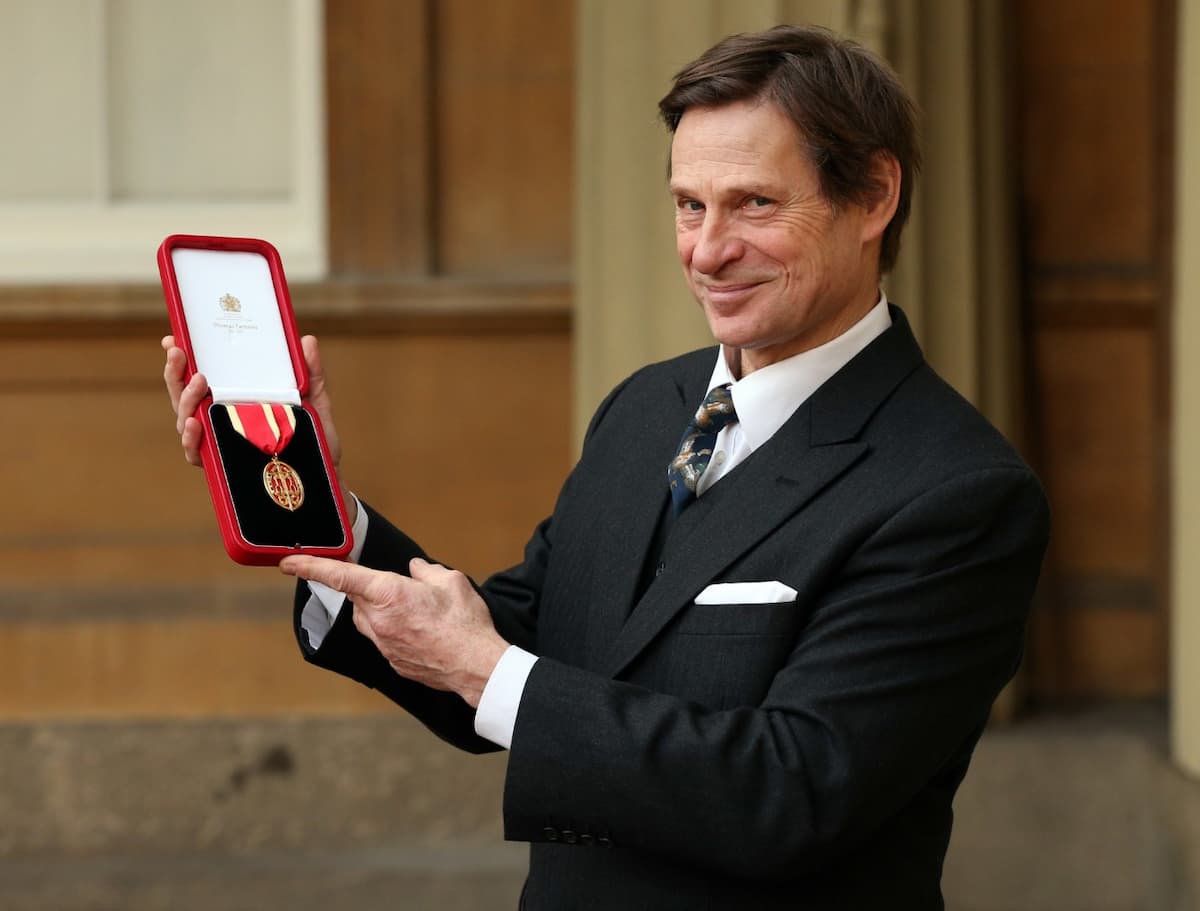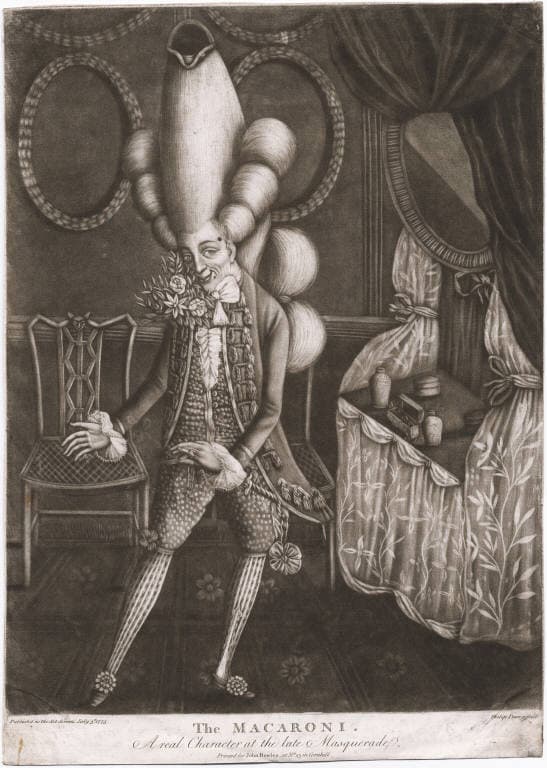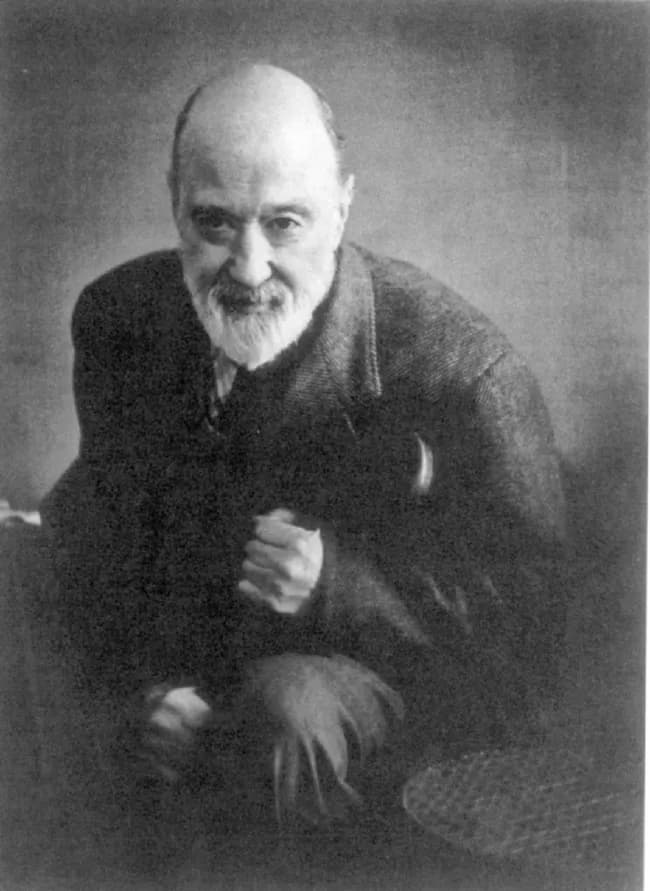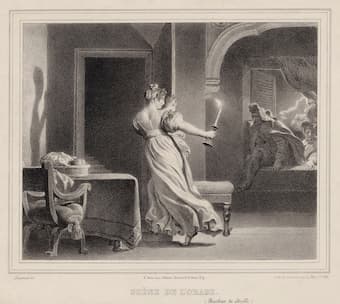It is the fall of 1871. A twenty-six-year-old Ukrainian woman sends a cable to Europe to pianist and composer Franz Liszt. She warns him that she is about to cross the ocean to kill him. Ten days later, she shows
Articles
In the world of classical music, John Marsh (1752-1828) is not really a household name, but he probably should be. He was one of the most prolific composers in 18th-century England, producing roughly 350 mostly instrumental works. Although very little
Baritone Simon Keenlyside has been described as “one of Britain’s most sought-after and charismatic singers, noted for his versatility and highly charged performances on stage.” He made his first appearance in a major operatic role in 1987 as “Lescaut” in
“Mahler’s total symphonic work, as the final, highest product of the Romantic worldview, is at once guarantor and foundation of a new idealism.” ~ Paul Bekker Vienna, at the turn of the 19th century, was in its cultural prime, with
Since we recently featured the fifteen Shostakovich String Quartets and the seventeen Weinberg String Quartets, I thought it only fitting to reveal some remarkable cutting-edge tendencies in the brilliant Six String Quartets of Béla Bartók, one of the most important
The song Yankee Doodle started out as a way of making fun of one’s unsophisticated enemy. British military officers in the American Revolutionary War (1775–1783) had started to make fun of their colonial opponents as being ‘Yankee Doodle Dandies’, meaning
American composer Charles Ives (1874–1954) was one of the most original of America’s composers. For one thing, he had a very successful day job in the insurance business, and his early work in the business led to the basics behind
Nowadays, classical music audiences are usually pretty tame. The worst that happens at an average concert is that people glare at someone else for applauding at the wrong time. It wasn’t always this way, though. Today we’re looking at seven

